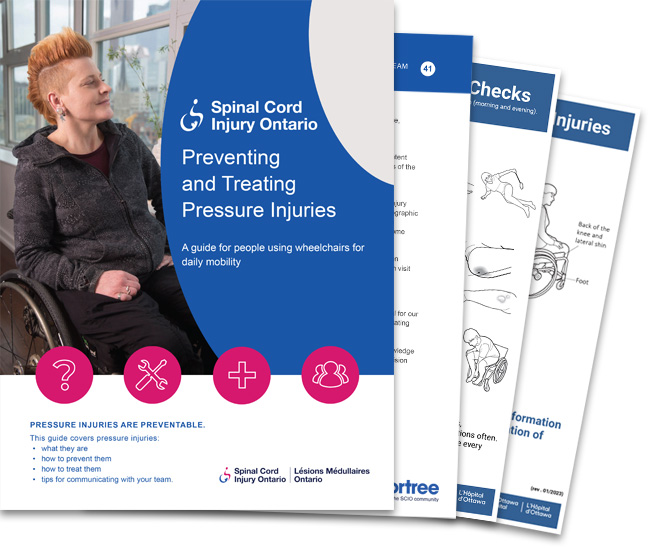Today’s video is about spinal cord injury and aging, specifically, living with a spinal cord injury and aging with a disability.
This video content was created as part of a project funded by a grant from the Craig H. Neilsen Foundation to Spinal Cord Injury Ontario.
Joan Lewis sustained a spinal cord injury in 1975. Joan has found living and aging with a spinal cord injury requires constant adaptation. In addition to having a successful career as an Occupational Therapist working in mental health and addictions, Joan has participated in competitive and recreational sport from archery to kayaking to sailing. She has also learned Mindfulness Based Stress Reduction, a form of meditation that can help to manage the anxieties that come with always having to adapt to imposed changes. Joan believes our physical and mental well-being are intricately related.
If you’ve found this video, you’re probably looking for more information about:
- spinal cord injury and aging
- living with a spinal cord injury and aging with a disability
- challenges of living with a spinal cord injury, and women’s health
- disability awareness, and how long can you live with spinal cord injury
- life expectancy of someone with spinal cord injury
- mental health and spinal cord injury
- spinal cord injury day in the life
- SCI Ontario Underestimated interview series
- trends in life expectancy after spinal cord injury
For people with spinal cord injuries, maintaining general health, independence, and life pleasure can require strong self care routines.
The average person’s life expectancy has dramatically increased during the previous few decades. Even more pronounced growth has been seen in the population of people with SCI. The typical life expectancy following SCI was only about 1.5 years prior to 1950. Now people can expect to live long an healthy lives. This longer life expectancy is a result of both greater abilities to identify and treat secondary complications such bladder infections and pneumonia as well as better recovery from primary injuries.
The impact of disability on aging and vice versa is a subject of continuous discussion. Those who already have disabilities may experience accelerated aging. However, age has been referred to as an equalizer in a sense because many people with disabilities have mastered the art of adjusting to significant physical changes. People who don’t have a disability may struggle more when dealing with the physical decline and functional changes that come with aging.
If you enjoyed this video about spinal cord injury and aging, specifically, living with a spinal cord injury and aging with a disability, please remember to like, share, subscribe, and leave a comment if you have any questions or suggestions. We hope to see you here again soon!






